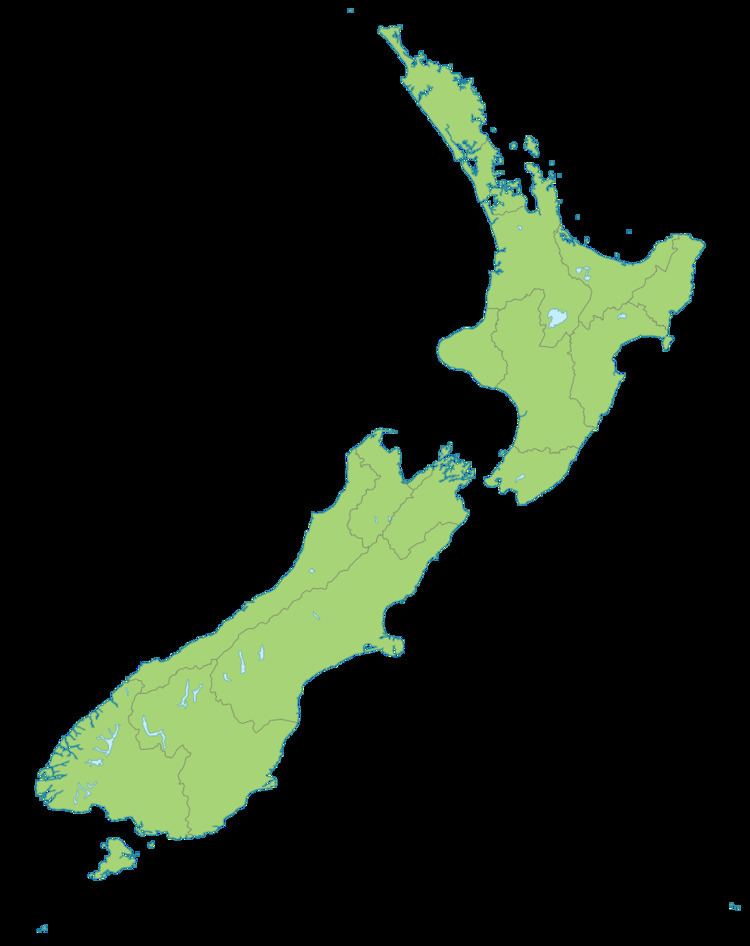Population 1,512 (2001) Local time Sunday 12:49 AM | ||
 | ||
Weather 13°C, Wind SE at 11 km/h, 77% Humidity | ||
Linton is a suburb of Palmerston North, situated 11km south-west of the city.
Contents
- Map of Linton New Zealand
- Facilities
- Population
- History
- Local and Central Government representation
- References
Map of Linton, New Zealand
Facilities
It is home to the Linton Military Camp, which is the largest army camp in New Zealand. It was built in 1945 3.5 kilometres to the south-east of Palmerston North. It became the country’s second largest base in 1985 when the permanent force at Singapore was relocated there. More units have transferred from Auckland and Waioru
Manawatu Prison is in Linton.
Linton is home to:
Population
The population count in 2001 was 1,512. In the 2013 census Linton has shed 24.7 per cent of its population, or 441 people. [1]
History
Linton is named for James Linton, an early settler in the area and also twice Mayor of Palmerston North. Scotsman James Linton was one of the first European settlers in Palmerston. He and his wife Sarah arrived on horseback from Wairarapa early in 1871. Linton served as mayor of Palmerston North 1879-82 and 1884-5, and was a director and ardent promoter of the Wellington and Manawatu Railway Company. Today Linton is best known for the army camp. But the site first planned as Linton township is several kilometres away from there. Only the school and a few houses now provide clues to where the Wellington and Manawatu Railway Company decided that the next stop on their Wellington ‒ Longburn railway line would be. Along with several other directors of this private company, James Linton was honoured by having a railway station settlement on the line named after him. The line, opened in 1886, was a successful venture, but the Linton township did not develop. The site of the Linton Military Camp was bought by the New Zealand Government in October 1941. Tents for the 2 Field Regiment formed the first accommodation on this site in February 1942, but within six months the first prefabricated huts were being built. The first housing blocks for officers were constructed in 1955. It was in 1985 that Linton Military Camp became New Zealand’s largest, when the permanent force then stationed in Singapore was withdrawn and accommodated at Linton. It has grown even bigger since then with the transfer of frontline units from Auckland and Waiouru The site purchased for Linton Military Camp included an area by the Manawatu River which had been a major Rangitane Maori village known as Te Kairanga (the place where much food is gathered) but by the 1940s the name was in common use for the district on the other side of the river. Instead the camp took the name of Linton
